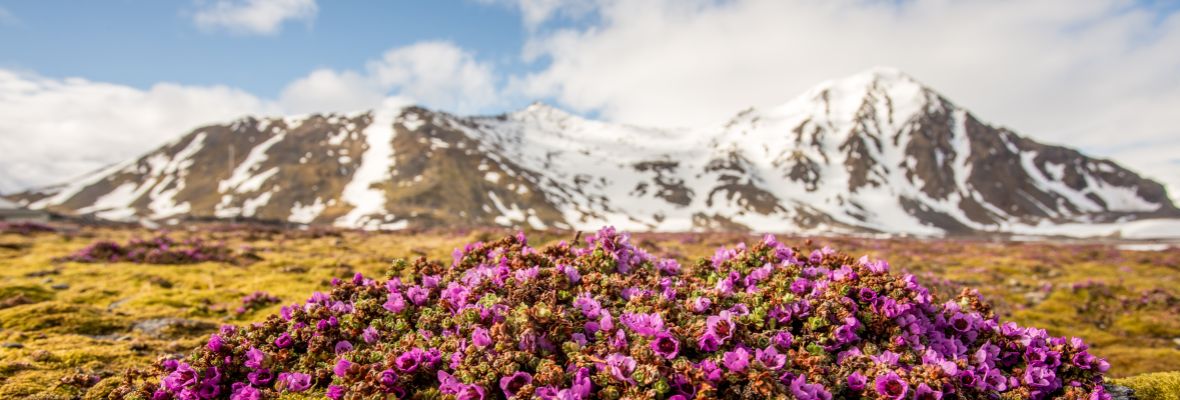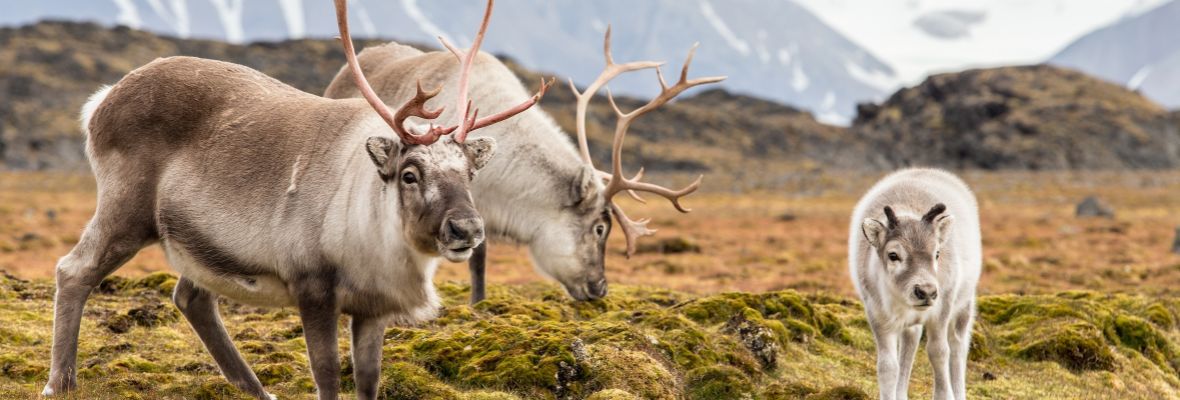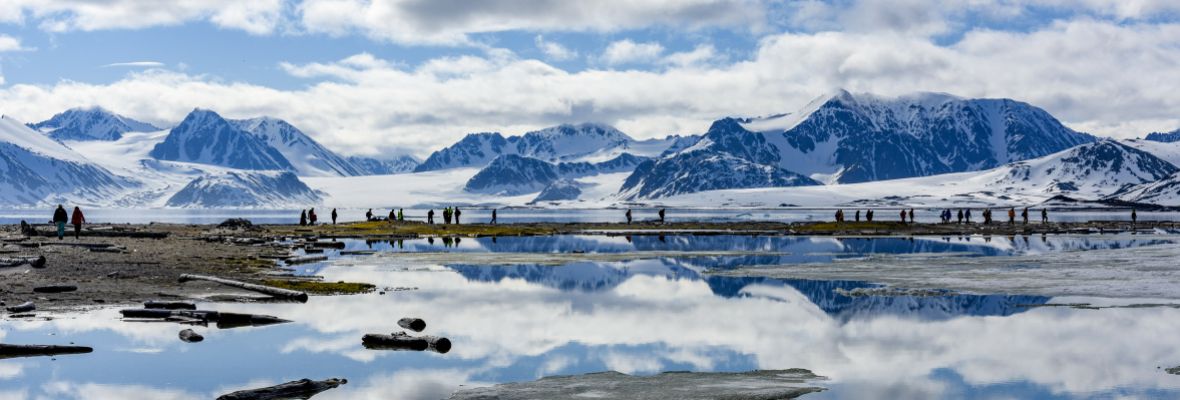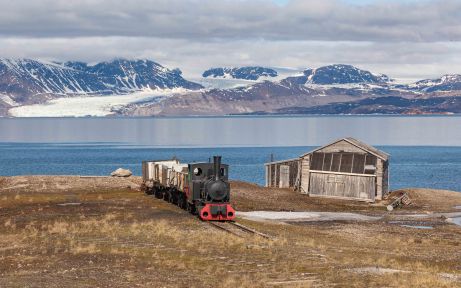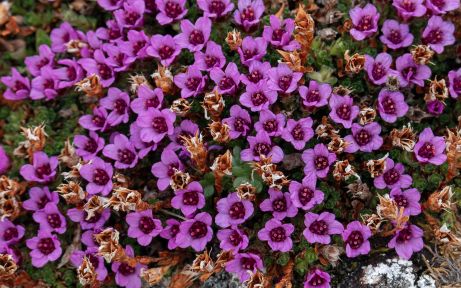Exciting changes are on the way!
As part of our merger with Polar Latitudes, we’re refreshing key elements of our website to reflect this new chapter. Discover more in our latest news update.
Svalbard is a remote Arctic Archipelago located between mainland Norway and the North Pole.
Covering an area of about 61,000 square kilometers (23,500 square miles), Svalbard is known for its icy landscapes covered in glaciers and snow-covered peaks. The archipelago consists of several islands, with Spitsbergen being the largest and most inhabited. The unique location makes it one of the northernmost inhabited areas in the world.
Facts about Geography of Svalbard
- Arctic
- Svalbard



